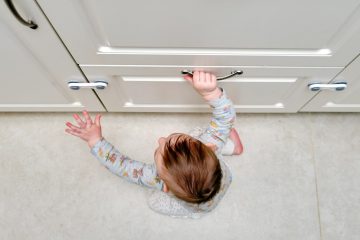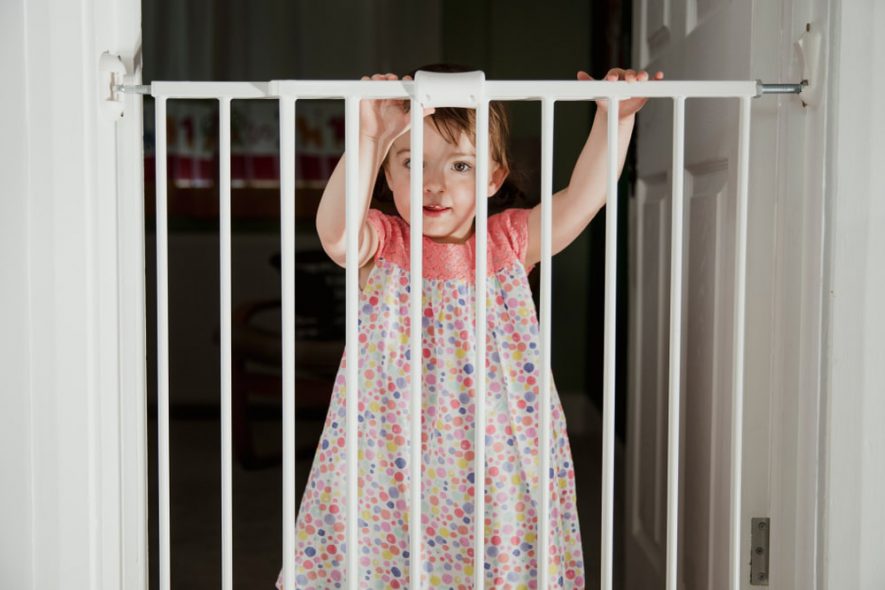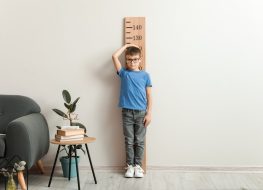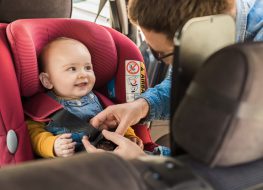
Exciting are the days when your little one starts to crawl or walk on their two feet. But, along with the excitement, there’s also the worrying feeling that they might hurt themselves. Of course, as a parent, you want to create a safe space for your baby, but that doesn’t mean you have to confine and restrict their movements.
When it comes to babyproofing homes, parents can get a little extra. But, if it means making the living spaces a safe place where your babies can enjoy exploring, you have to go through every detail. If you’re first-time parents, you’ll find these babyproofing tips extremely helpful.
6 Tips for Babyproofing Your Home
Before installing all the babyproofing devices in your home, you have to see everything from your kid’s point of view. This way, you can foresee the potential dangers they might face when they wander around the house. Getting down on your hands and feet is the perfect way to make your first inspections.
Here are some of the most helpful babyproofing tips that parents should know.
Be cautious of heavy objects around the house.
According to pediatricians, at the age of six months, little kids start to move around in a wider range. In this phase, your child will also prefer to play on the floor instead of in the confines of their cribs. As they grow older, your kids will begin to anchor to pieces of furniture so they can stand and reach for things.
Grabbing onto furniture is a potential danger to your kids, especially if the furniture has other heavy objects on top. Make sure the furniture is leveled, so the objects don’t shake or fall over when your kids bump or hold on to them. If possible, remove and store all heavy objects like vases, lamps, and televisions.
If it’s impossible to temporarily remove the objects (or other heavy pieces of furniture that can tip over), there are anti-tip straps to prevent them from falling.
Be extra careful with electricity.
One of your priorities in babyproofing is ensuring that all things that can cause electrocution are covered and out of reach. According to studies, there’s an average of 11 deaths caused by electrocution yearly in children aged 1 to 11 years old.
At 15 months, little kids pacify their curiosity by poking around electrical outlets. They may try to stick foreign objects in the socket, or even jam their fingers in there. The best way to counter these dangers is through outlet covers.
When choosing an electrical outlet cover, make sure to get one that fits your sockets perfectly. Remember that kids can easily remove the covers if they are loose. Furthermore, get a cover that your kids can’t choke on: a small cover can easily fit into mouths and become a choking hazard.
Put baby safety gates to prevent access to staircases.
Your kids move fast. One minute, they may be playing by your side, but the moment you turn your heads, they are all the way across the house. Little kids have that itch to move all the time. During the first six months of babyhood, your baby will be asleep almost all the time and it’s not necessary to put up gates. But as soon as you observe that your kids are ready to move around, you should have them ready.
When purchasing a baby gate, ensure that it has a safety lock that your kids cannot open, and that it is high enough to prevent your kids from jumping over it. In addition, make sure the slats of the safety gate are not too wide, lest their arms or heads get stuck in between.

Test for choking hazards.
Little kids like putting things in their mouths. Basically, anything around the house can be a potential choking hazard. Pediatricians suggest creating a “small object tester” to identify which items around the house can choke your kids. Something as simple as a tube from the tissue roll will work. If an object fits inside the tube, then it’s a safety hazard for your baby.
Keep these items away from your kids. Store them in places out of reach. These items include your children’s toys. Small Lego pieces, figurines, and other small toys must be stored until they reach the proper age to play with them. Of course, even when your kids are at that age, you must supervise them carefully to avoid any accidents.
Always keep the bathroom door closed.
A bathroom is a place of many dangers for your unsupervised baby. Bathroom floors are generally slippery. When your kids have not yet perfected the art of walking, it will be easier for them to slip and fall, which causes injuries.
Little kids also tend to play with water from the toilet. Accidental ingestions can cause sickness and other safety issues. Furthermore, many people keep medications or cleaning products in the bathroom, and your toddler can play with them and even ingest them. So make sure to close and even lock bathroom doors and babyproof door knobs and cabinets.
Place guards on furniture corners.
Sharp furniture corners are the number one threat for playful kids. But you don’t need to cover all edges with corner guards. Instead, prioritize the ones that are potential threats to their safety; see which corners are of the same or lesser height to your kids. All furniture higher than that are secondary considerations.
When buying corner guards, do not pick ones made from hard plastic. Their edges might be even sharper than the furniture corners themselves. Instead, choose ones made from thick and cushioned materials. Rounded edges make the best corner guards.
Ensure that the corner guards perfectly fit your furniture and won’t budge even when your kids try to take them off.
Ashtonbee’s Sliding Door Lock
There are numerous babyproofing products available for sale in the marketplace. But if you are set on getting the highest quality product out there, Ashtonbee has all the things you need for your kids in one place. From toys and feeding materials to safety accessories, we have it all.
Let’s take a look at Ashtonbee’s babyproof sliding door lock’s features:
- The sliding door lock is perfect for keeping your kids away from restricted areas. It is also versatile, and you can use it as a lock for cabinets as well.
- The safety lock has a hassle-free installation process. It comes with adhesive on the backside to attach to any surface. No need for any special tools to install this babyproofing device.
- The safety lock is durable and has a convenient design. Simply flip the tab to unlock and push it down again to lock. There is no need for keys, which can be a hassle when misplaced.
Conclusion
As your kids get older, running around the house will be inevitable. So babyproofing your home is a must for their safety because there are times when you can’t keep an eye on your kids. We hope these useful tips give you a bigger picture of how to babyproof your home for your little ones.
If you are looking for the right babyproof locking device, check out Ashtonbee’s catalog. We have a variety of child safety products that can make your parenting journey easier. Shop now!



